Brief History of Modern Architecture In Palm Springs
Palm Springs, California, is a time capsule of mid-century modern architecture. The city is located just east of the San Jacinto mountains on the northwestern edge of the Coachella Valley. It is the closest desert city to the freeway that connects to Los Angeles, making it a prime location for Angelenos to escape for the weekend.
Around the mid-1900s, many notable architects such as Richard Neutra, Albert Frey, Bill Cody, E. Stewart Williams, William Krisel, and Donald Wexler established their careers in Palm Springs. These architects and their buildings have undoubtedly contributed to making Palm Springs a major destination. Their impact on the city continues to attract people from all over the world.
The Perfect Combination of Conditions
The evolution of Palm Springs from a small settlement to the city it is today resulted from many unique events and conditions. The desert climate, world events, economic conditions, geographical location, and the influence of Hollywood created a confluence of conditions that resulted in a city with a rich culture of architecture, glamor, leisure, and wealth.
The Climate
The climate of Palm Springs makes the modernist aesthetic a sensible approach. As a result of the hot Palm Springs summers, low-profile, horizontal, single-story structures closer to the cool earth are ideal. The smaller air volume inside the structure makes it easier to cool in the hot summers. Flat roofs with long overhangs aid in shading the home and outdoor living spaces. With the minimal amount of rain that Palm Springs gets each year, flat roofs are sufficient for handling the small amounts of precipitation.
Geographical Location and Hollywood
Palm Springs has the perfect geographical location to serve as a retreat location for Angelenos looking to escape the city. Starting in the early 1920s, actors, politicians, business owners, and professionals retreated to the area for fresh air, sun, and leisure activities. Golf, tennis, swimming, and leisure were much of the allure. For actors and people in show business, it was a convenient place to retreat to because of the anonymity and privacy that could be maintained. Many large studios only allowed travel within 120 miles of the studio grounds, making Palm Springs a perfect retreat for the Hollywood crowd attempting to avoid the paparazzi and tabloids. From the early 1900s until the end of World War II, Spanish revival was the predominant architectural style in Palm Springs. Following the war, modernism began to hit its stride.
The growth of movies, radio, and television in American culture would result in a concentration of wealth, power, and glamor in Hollywood. Naturally, these would be infused into the architecture, culture, and private homes of Palm Springs.
The influence of Hollywood on Palm Springs would shape the city into a unique town unlike any other. In the Golden Ages of Hollywood, filmmakers created movies showing a romantic vision of the American dream on the stage. When those same actors and producers came to Palm Springs, they saw the desert as a blank stage where the city could be designed as if it were a movie set.
Many local clubs, hotels, restaurants, and bars took on a style similar to what you would have seen in Hollywood, Beverly Hills, Studio City, and the Pacific Palisades. The Racquet Club is an excellent example of this with its casual white-washed ranch-style architecture.
World War II
During World War II, Palm Desert served as a training ground for military forces under General George S. Patton. Many troops in the area enjoyed it so much that they chose to make it their home after the war. As the war ended, the desert underwent a significant transformation. The population exploded, and young families began to emerge. Material bans were lifted, and many companies creating products for the war started using what they had learned to develop new products for the market. These new products, materials, and systems infiltrated the market. Optimism and creativity were in the air, and the modern architects in Palm Springs took full advantage of the opportunity.
After the war, troops who chose to stay in the desert began getting married, settling down, and starting families. They needed housing, schools, churches, banks, hospitals, and office buildings. The local Architects of the area were given generous commissions for many different building types to meet the demands of a growing population. The combination of population growth, economic upturn, and optimism for the future created the perfect breeding ground for a new type of architecture to become realized.
Tract Home Developments and Mass Production
Groups like the Alexander Company began developing large housing tracts in the modern aesthetic. They hired up-and-coming modern architects to design the houses and provide a vision for the modern lifestyle. At the time, the design of mass-produced housing was not highly regarded in the architectural profession.
However, several Palm Springs architects, notably Palmer and Krisel, saw tract developments as an opportunity and used the projects to test their ideas. Because of the massive need for housing, many architects knew that tract developments could be a stable source of revenue to keep their practices thriving.
A strategy the Alexanders used in their developments was a fixed floor plan that could be repeated. They worked with their architect to develop several different exterior elevations with fixed floor plans. Driving through the neighborhood, it seems that there are a variety of home models when in actuality, there is one plan “dressed” in different clothing. By repeating the same floor plan, construction was more predictable, and costs were more easily controlled. Mass production was beginning to take stride in the American economy at the time, and housing developers did not want to be left out.
Industries such as the automotive, food, appliance, and textiles were all searching for ways to mass produce their products to control costs, maintain predictability, and systematize their businesses. One of the best examples of this was the development of the fast food industry. Around the middle of the century, companies such as Mcdonald’s, Arby’s, Taco Bell, and Dunkin Donuts developed their businesses around mass production.
Richard Neutra Designs the Kauffmann Desert House
In 1946 the renowned Architect Richard J. Neutra was commissioned to design the Kauffman Desert House. It has become the most significant architectural icon in Palm Springs. The first publication of the house occurred in the LA times on June 15th, 1947. Julius Shulman’s photographs, mainly the dusk shot from the southeast overlooking the pool with the mountains in the background, allowed people worldwide to view the house. The large amount of publicity surrounding the Kaufmann House constituted a turning point in the marketing and consumption of architecture and lifestyle.
In October 2008, the house was listed for sale for 12.95 million USD. The house still stands today and is considered one of the most important pieces of 20th-century architecture among projects such as Fallingwater, Robie House, Gropius House, and Gamble House. Below are photographs of the restored home courtesy of Joe Fletcher.
E. Stewart Williams Designs Twin Palms for Frank Sinatra
Frank Sinatra was one of the most notable figures that came to Palm Springs at the end of the war. He hired architect E. Stewart Williams to design his home, now known as Twin Palms. Sinatra came to Williams asking for a Georgian home. However, Williams convinced Sinatra that a modern house was more appropriate for the desert. In 1947 the home was completed, and it catapulted Williams’ career. Twin Palms has become an iconic Palm Springs home. Over the years, Frank Sinatra would come to call Palm Springs his home and become one of the most generous donors in the town.
House of Tomorrow Built in 1960
In 1960 William Krisel was given the commission to design the personal residence of the Alexander family in Vista Las Palmas. He had worked with the Alexanders on several tract developments and gained trust as their preferred architect. The Alexanders gave Krisel free rein on the project. Krisel devised a plan incorporating a series of large “pods,” each containing a major programmatic element of the home. The home gained notoriety when it was used as the honeymoon retreat for Elvis and Pricilla Presley.
Frey II Completed
In 1964 Albert Frey completed construction on his home known as Frey II. The house is a tiny glass box perched high on the hill overlooking Tahquitz Canyon Way with 270-degree views of the desert basin below. A large boulder cuts through the home serving as the primary architectural element of the house.
Frey spent five years searching for a lot to build his second home. He purchased a lot perched on the hillside at the west end of Tahquitz Canyon Way. Frey spent almost an entire year studying the site, observing the sun patterns, and thinking about the future home before starting his design.
What Frey eventually built would become one of the most iconic houses in Palm Springs.
The Elrod House - John Lautner
In the late 1960s, John Lautner began the design of a new home for Arthur Elrod, a well-known interior designer. Lautner took a starkly different approach to the design of the home compared to many of the modern homes being built at that time. His design was a heavy concrete canopy floating over a large open interior space. The house appears massive and gives the feeling of being in a desert cave. Large native boulders on site protrude into the interior space forming part of the home’s enclosure. The Elrod House is one of Lautner’s most notable works and can be seen from East Palm Canyon Drive up the hillside. The house was featured in the James Bond film Diamonds Are Forever.
The Re-Awakening of Palm Springs
From around the late 1970s to the early 2000s, Palm Springs was in almost a state of decay, sitting neglected and unappreciated. Starting in the late 1990s/2000s, an appreciation for modern architecture began to re-emerge. Several young architectural enthusiasts started to purchase modern homes for modest amounts. Their enthusiasm and interest in modern architecture would yield lucrative returns culturally and financially.
Today Palm Springs remains the best city in the world to visit for Mid-Century Modern Architecture. Every year Modernism Week holds tours, lectures, and events to exhibit these beautiful homes and buildings in the fall and spring. The rich history of Palm Springs is closely tied to the history of Mid Century American culture and entertainment. Walking down Palm Canyon Drive and traversing through the different neighborhoods, a timeline of American history will unfold before your eyes.
References:
Menrad, Chris, and Heidi Creighton. William Krisel's Palm Springs: The Language of Modernism. Gibbs Smith, 2016.
Alan Hess Interview with Rost Architects
Hess, Alan, and Andrew Danish. Palm Springs Weekend: The Architecture and Design of a Midcentury Oasis. Chronicle Books, 2001.

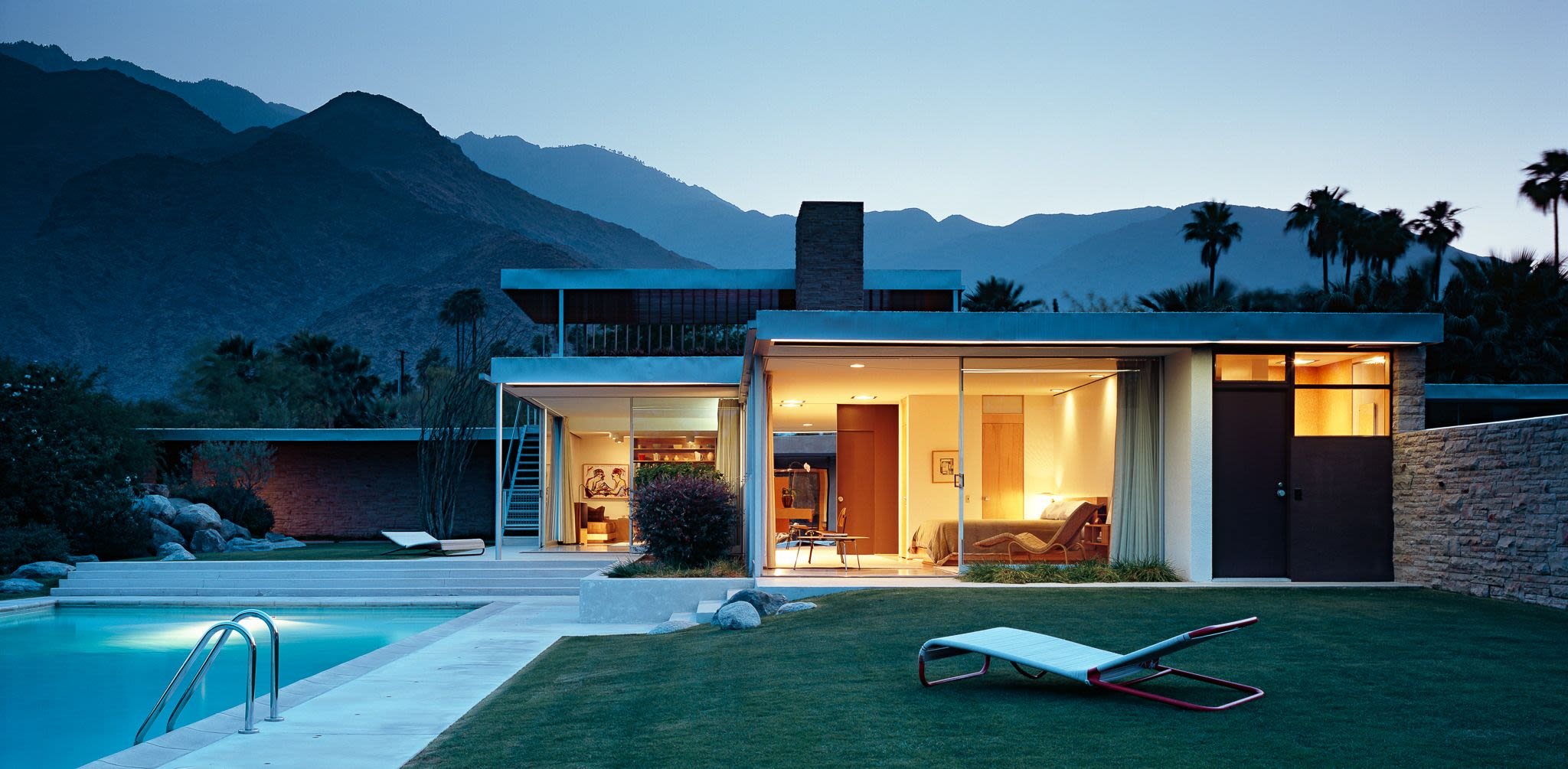
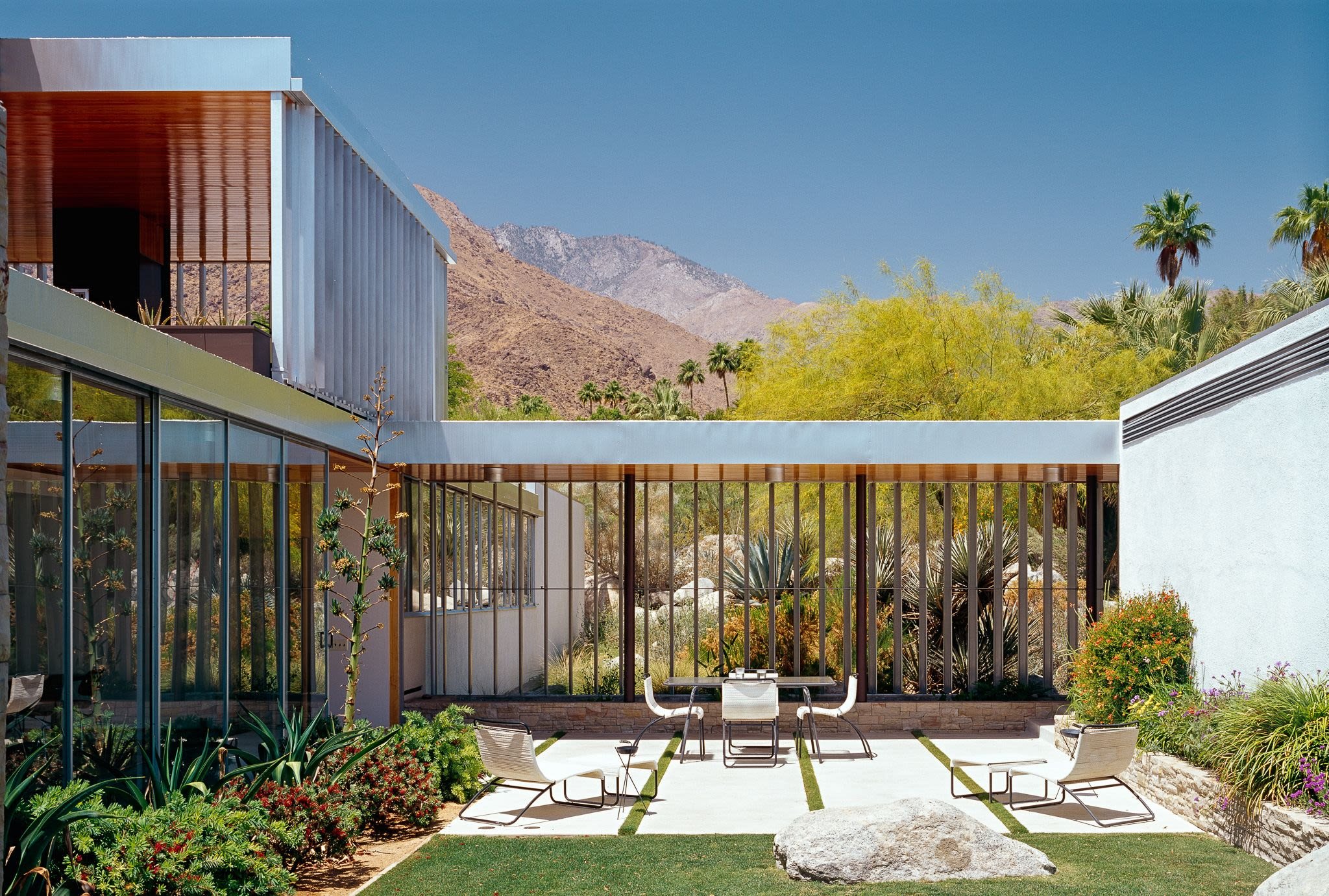
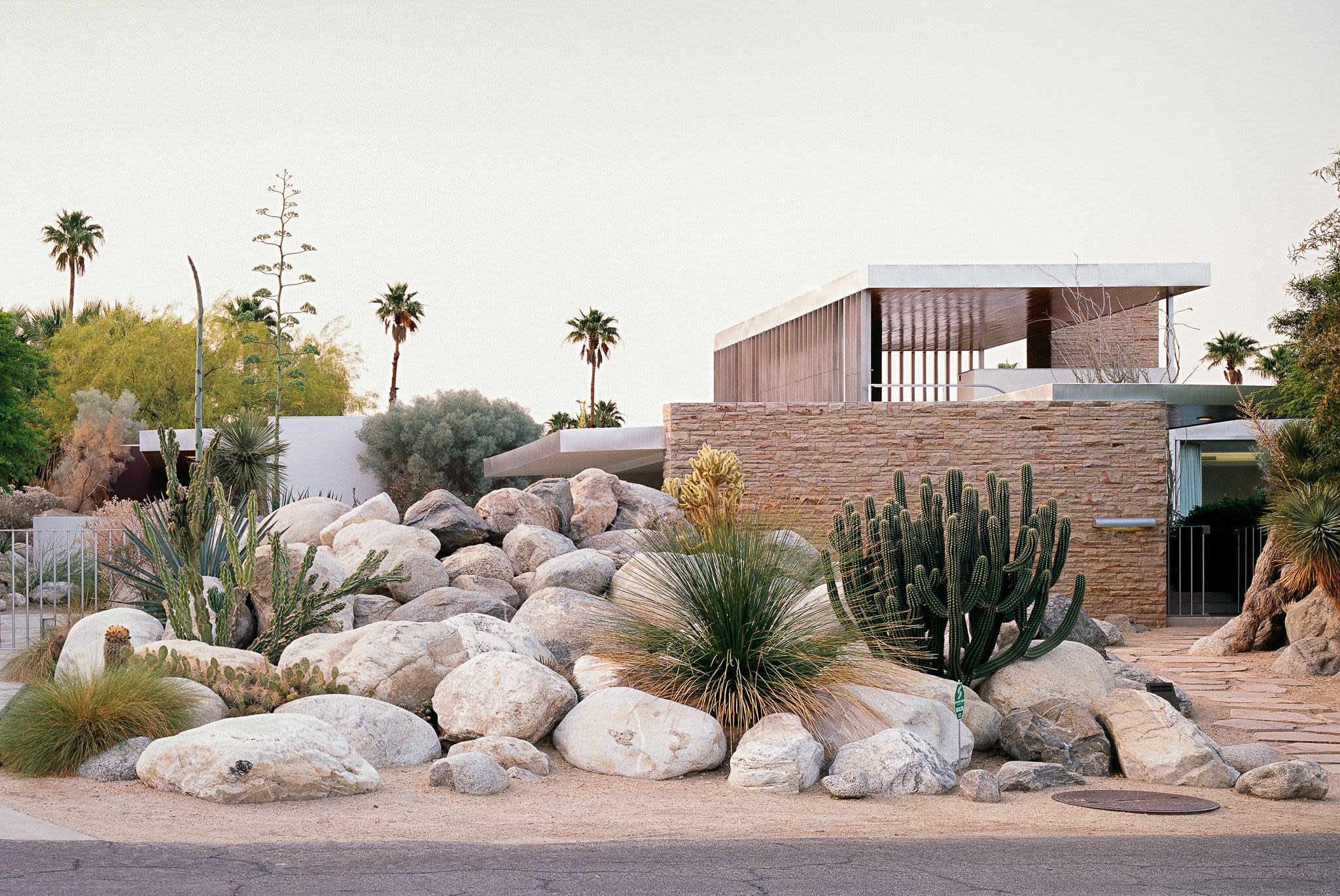
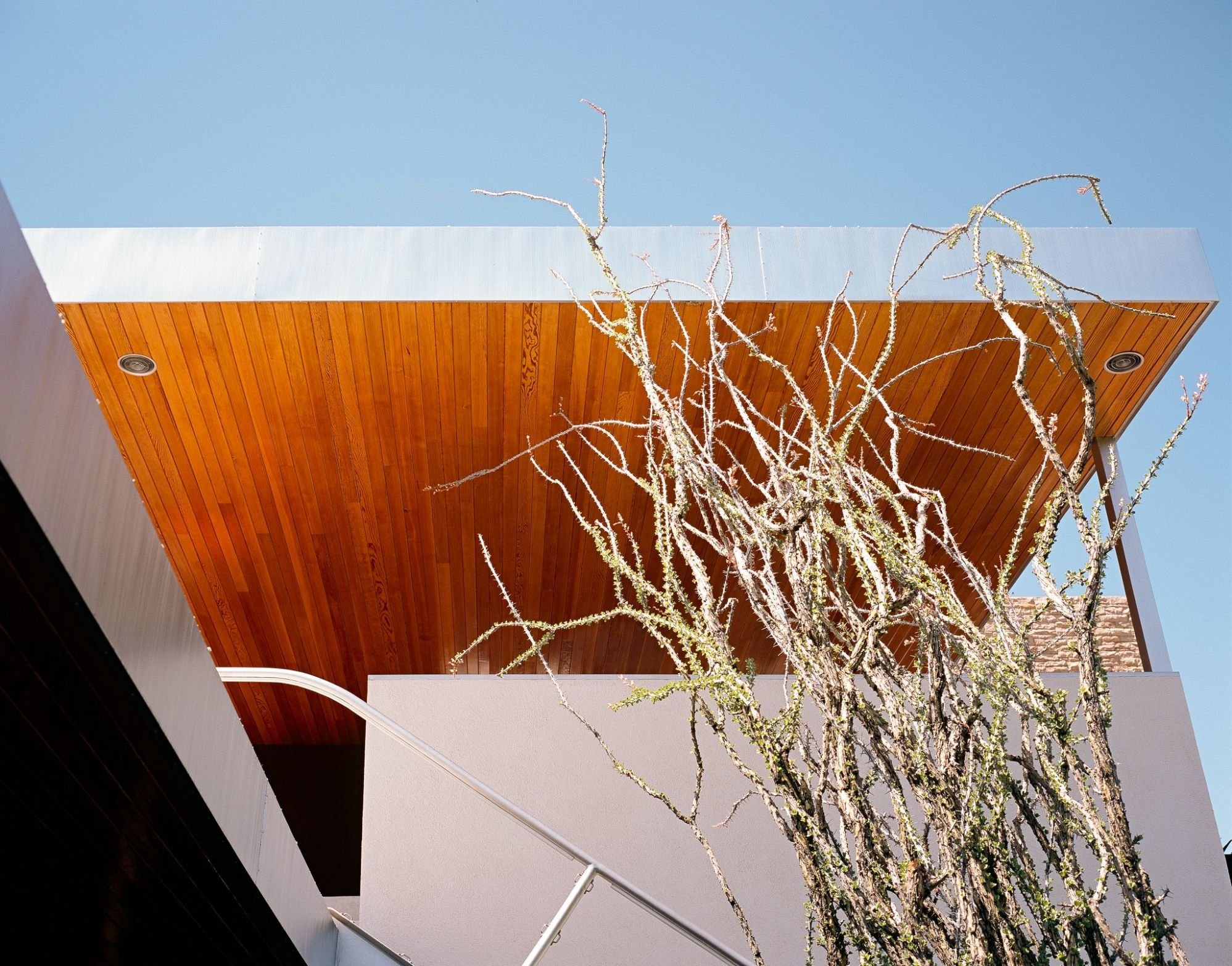
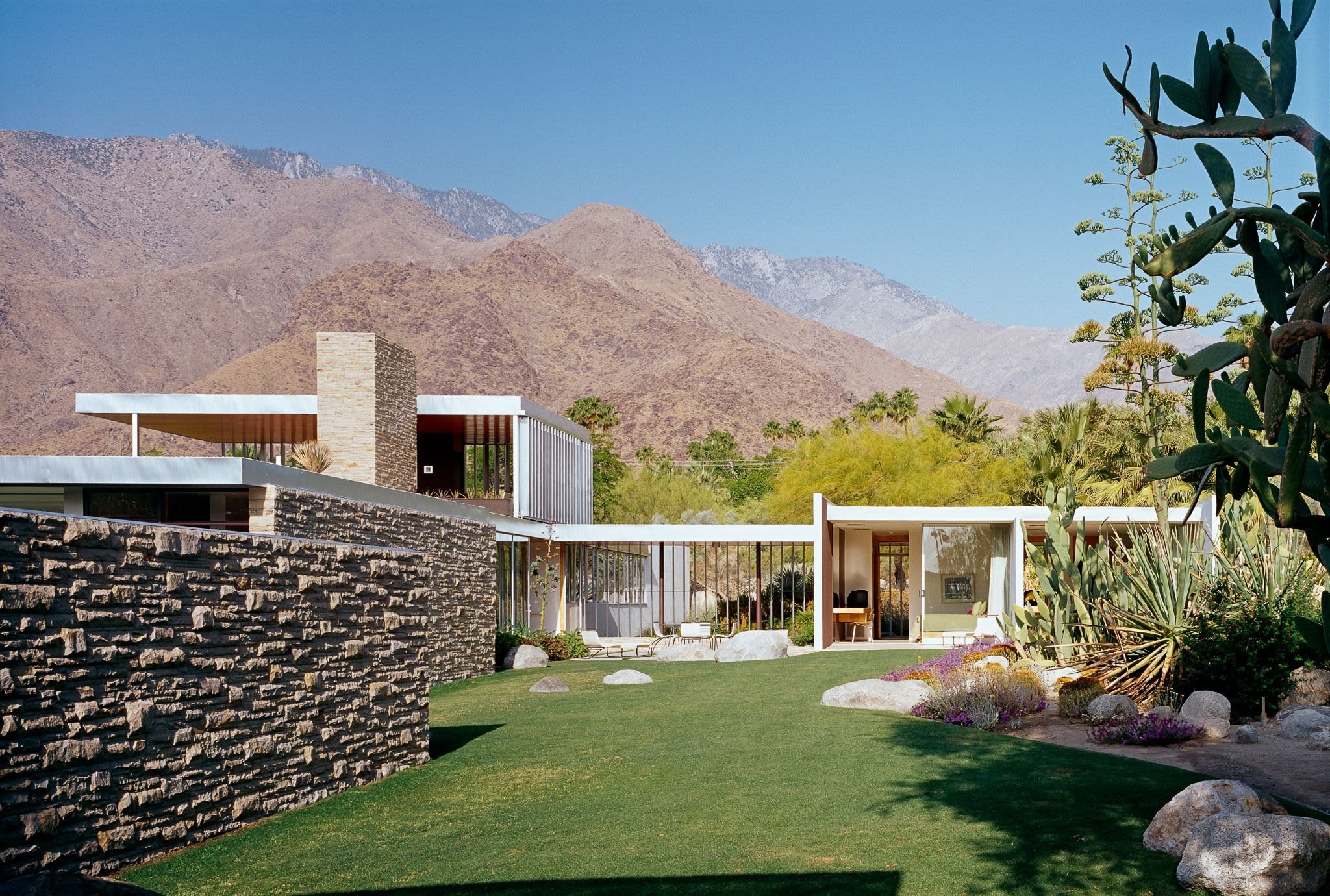
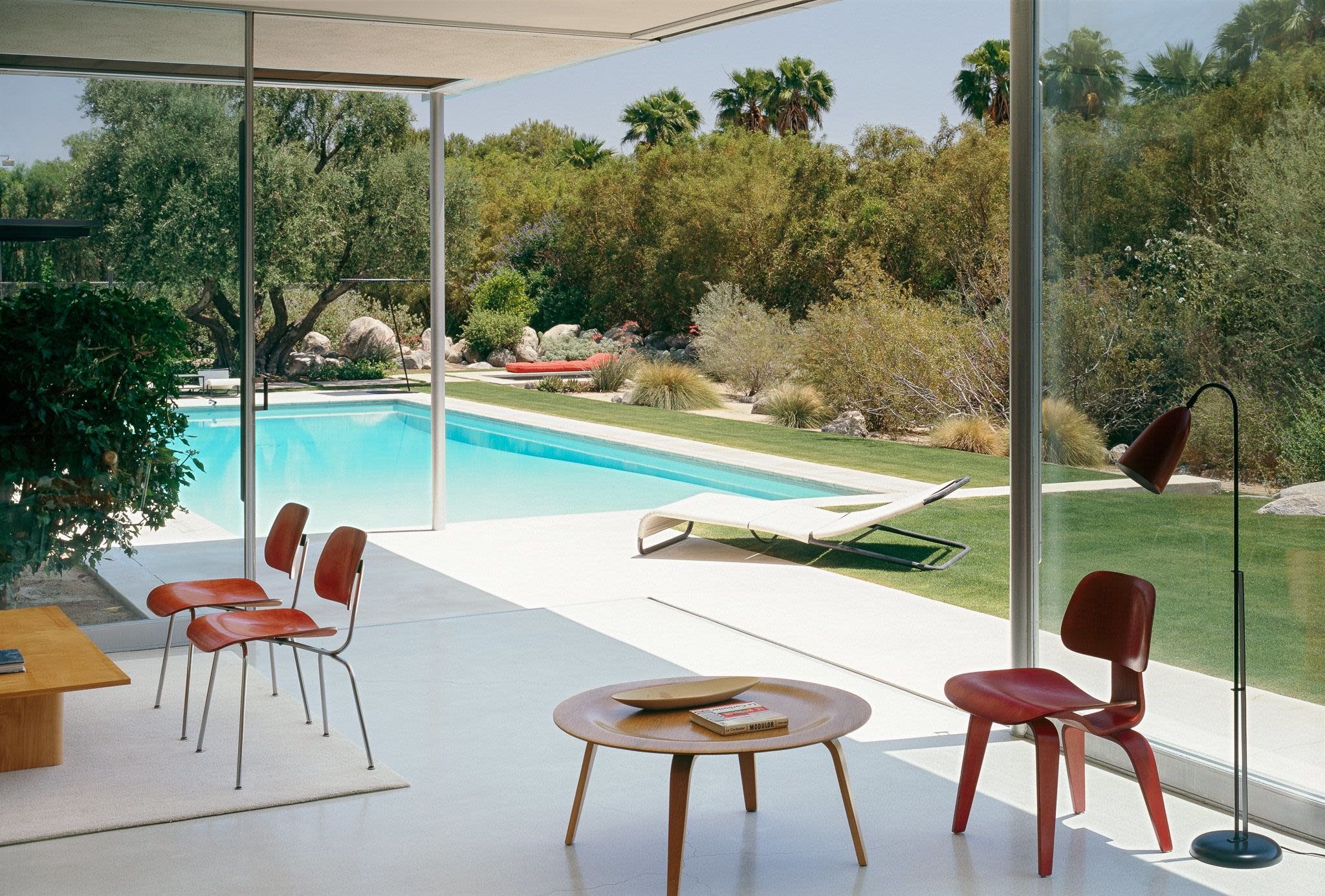
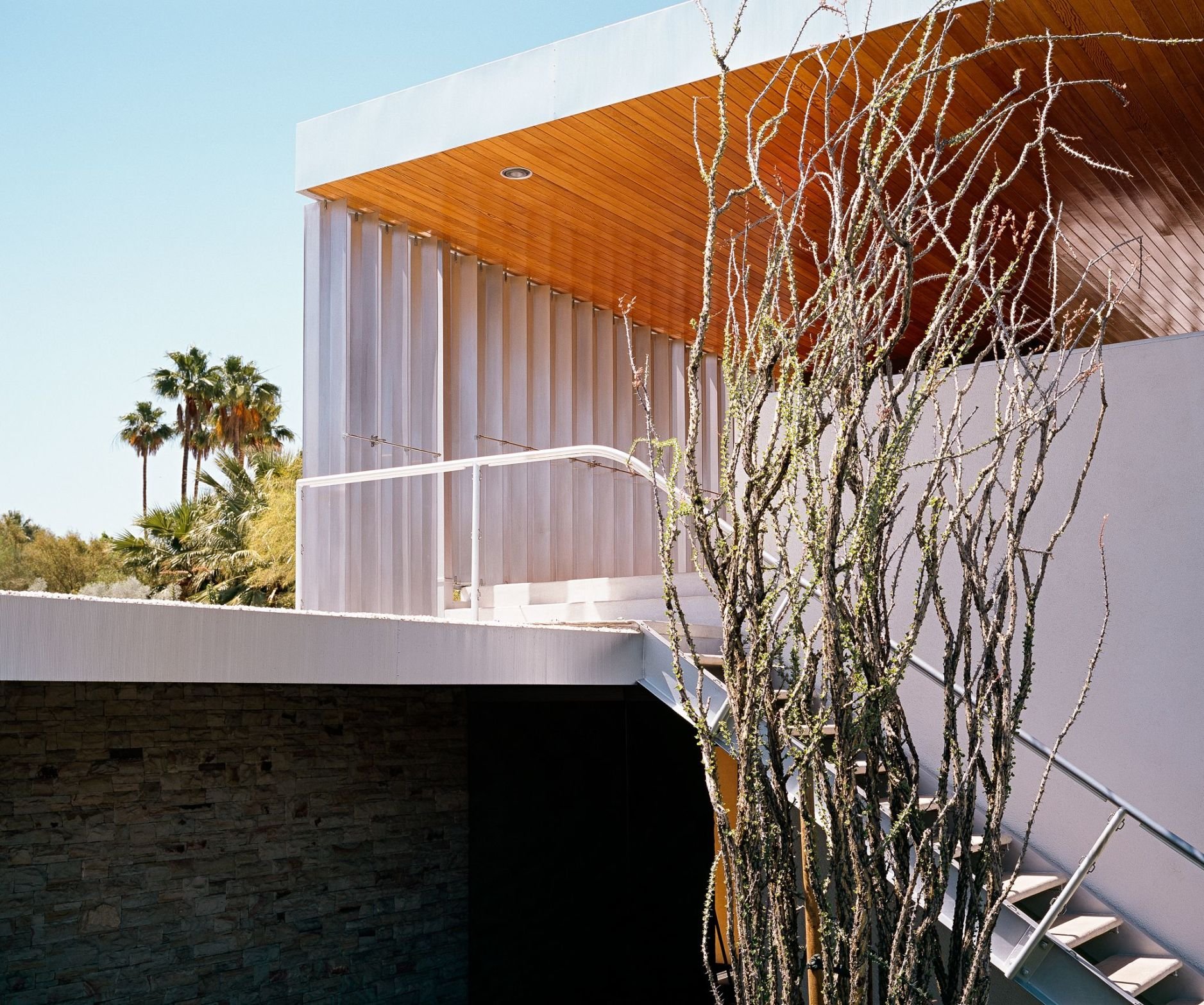
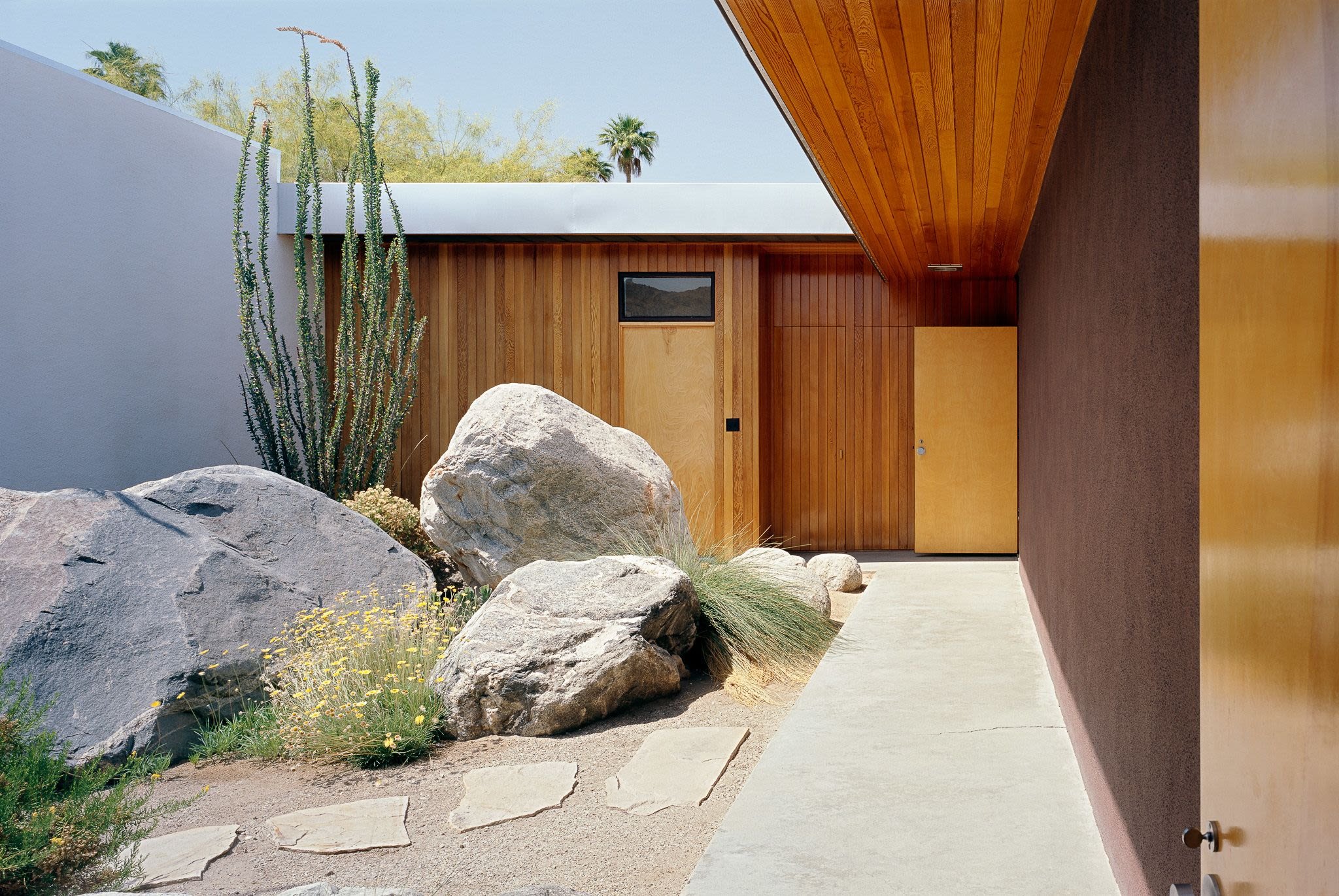
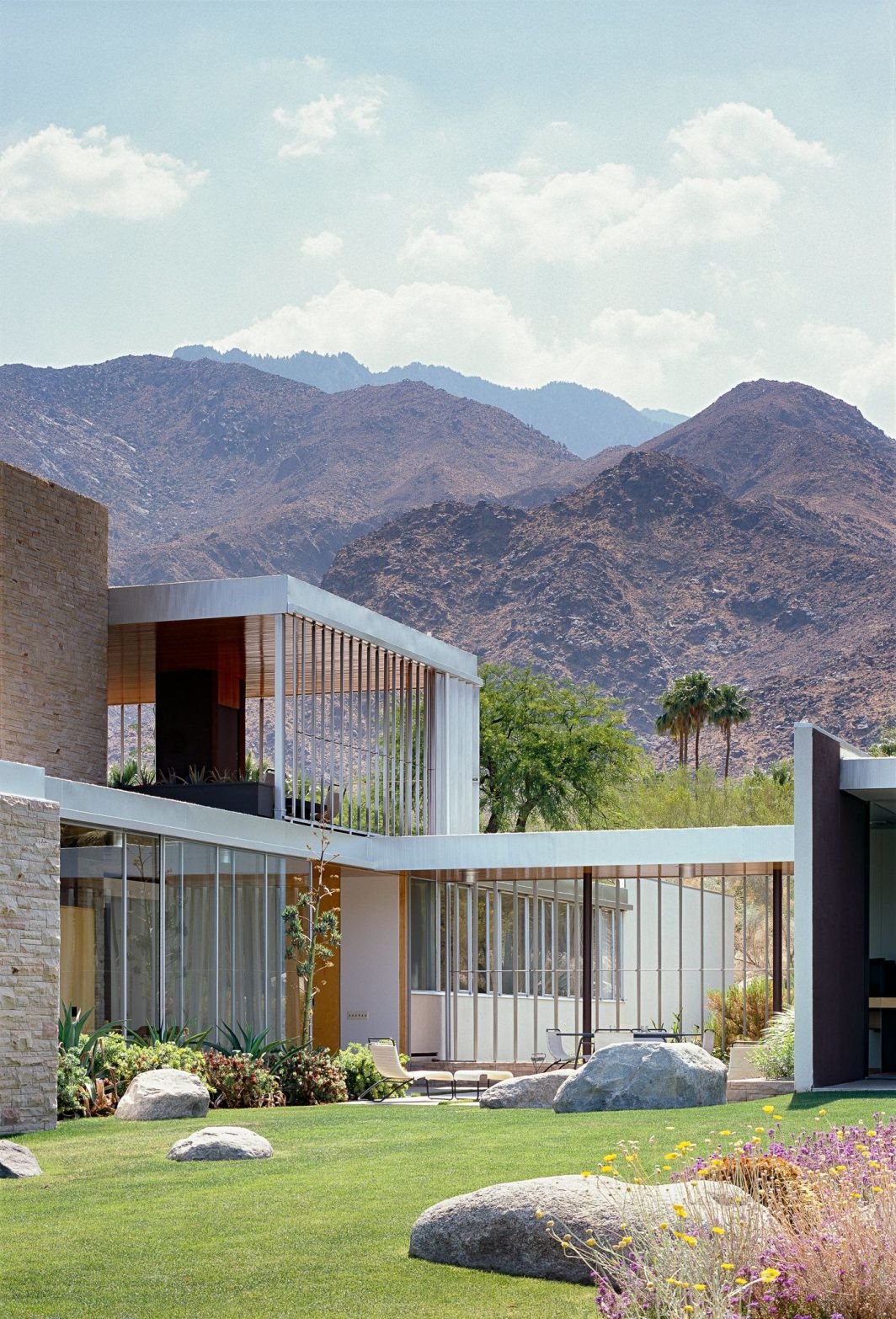
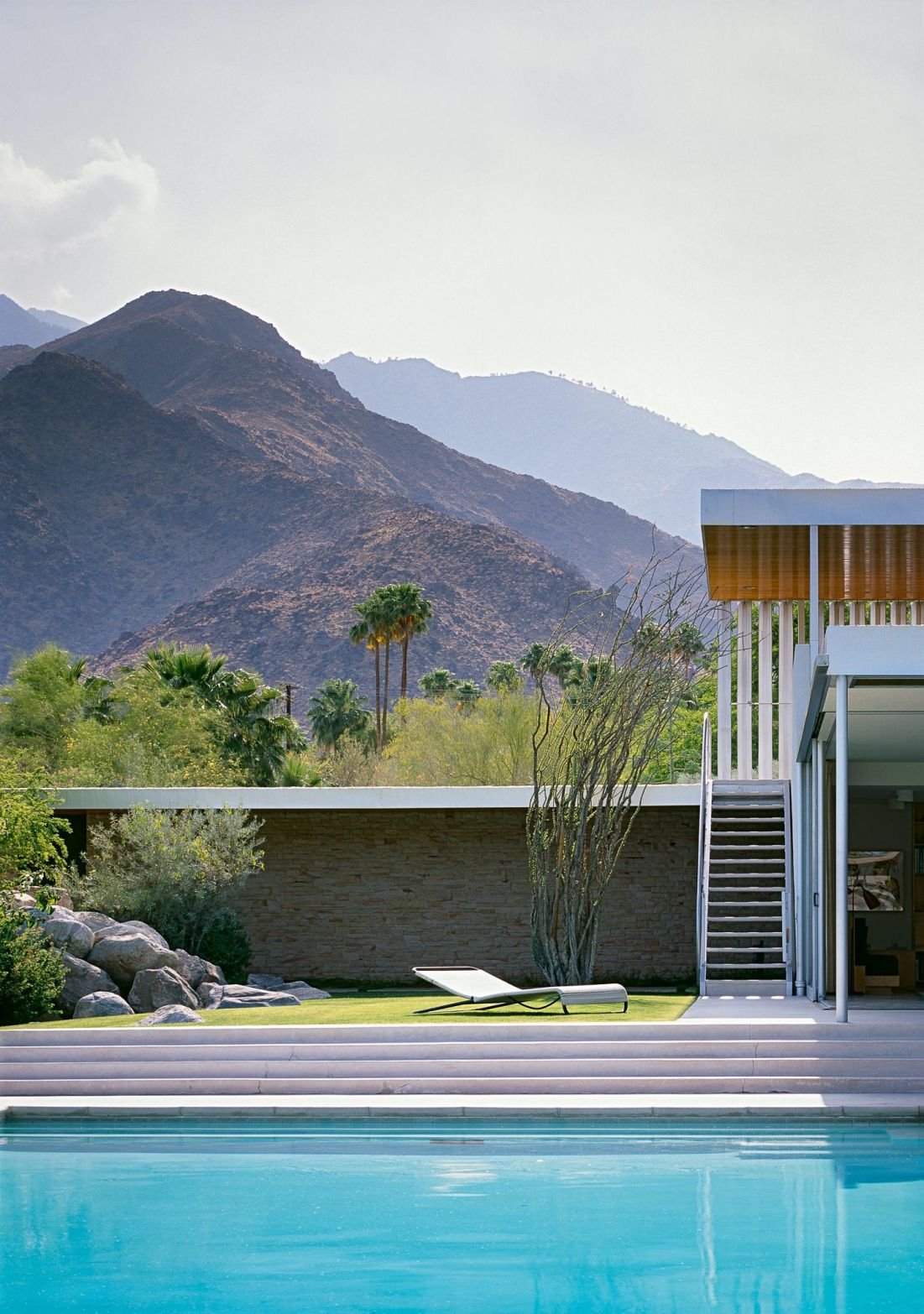
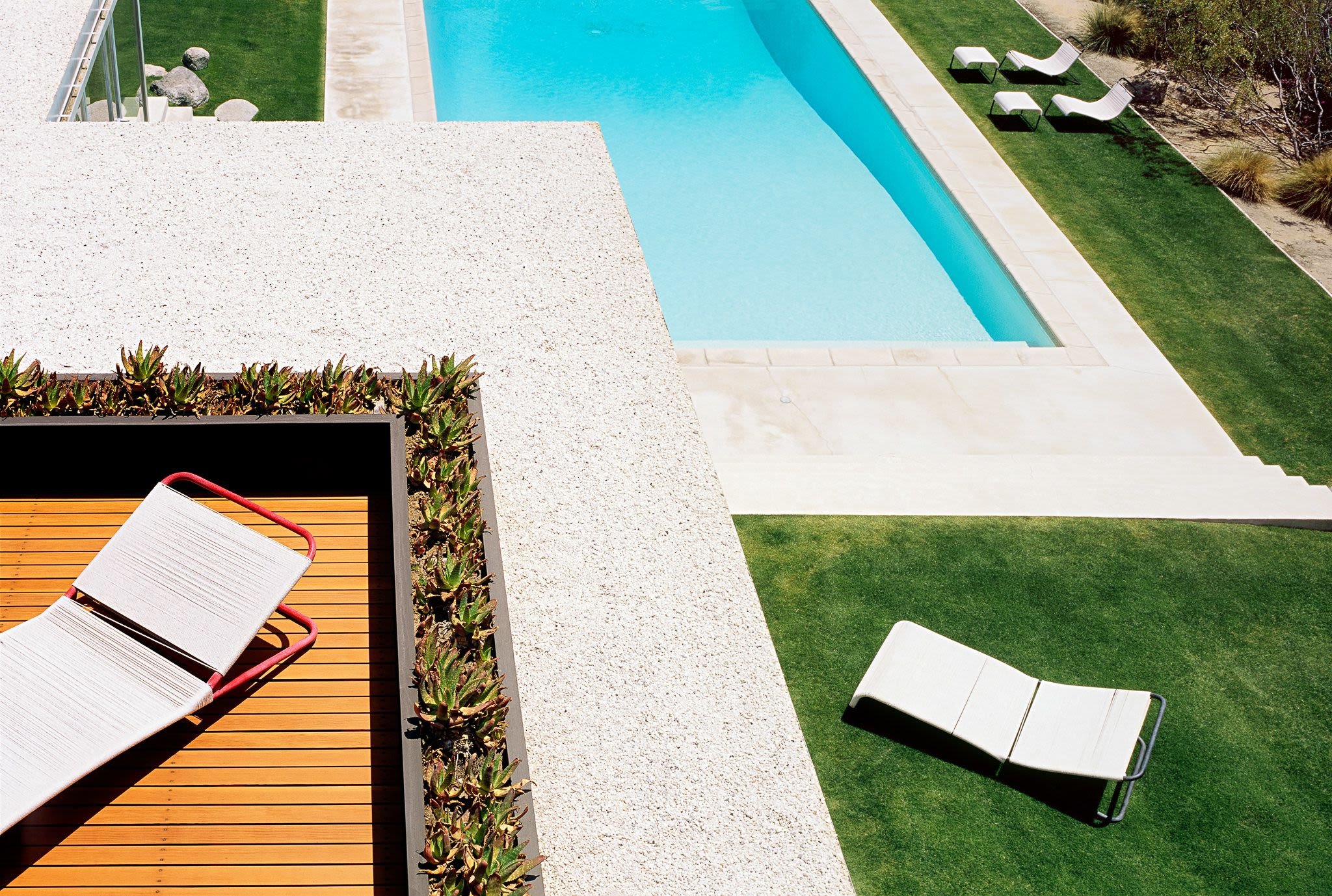
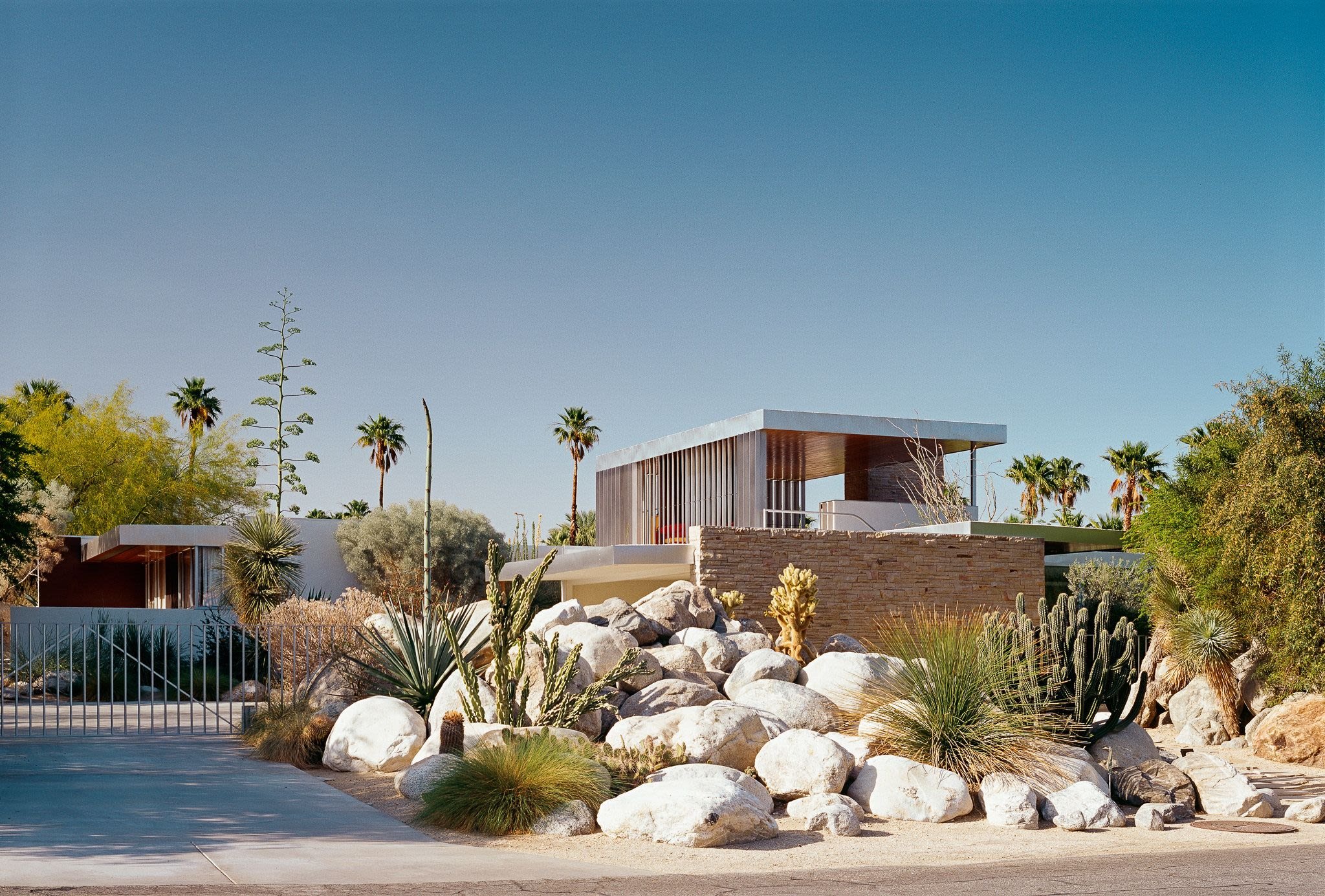




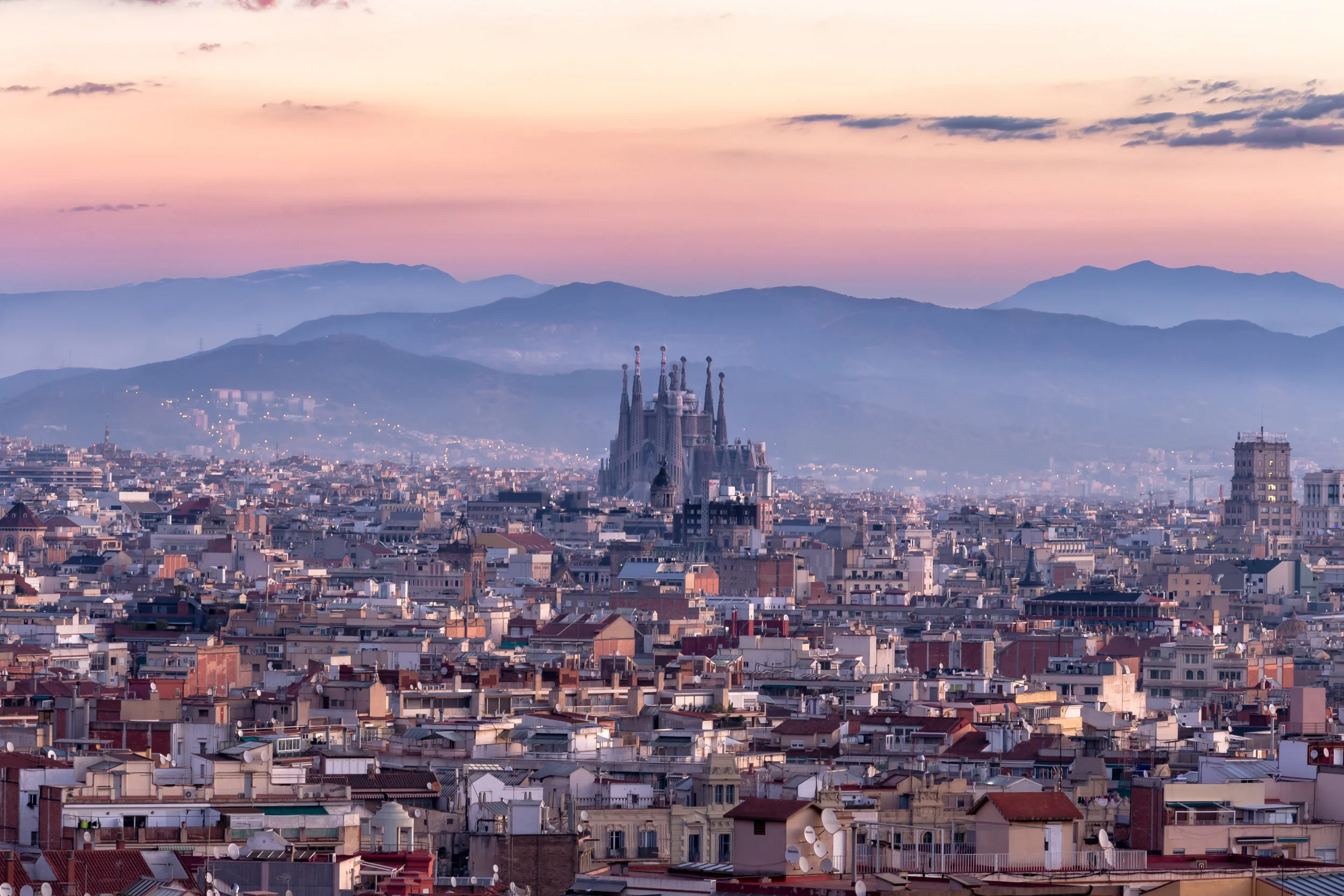




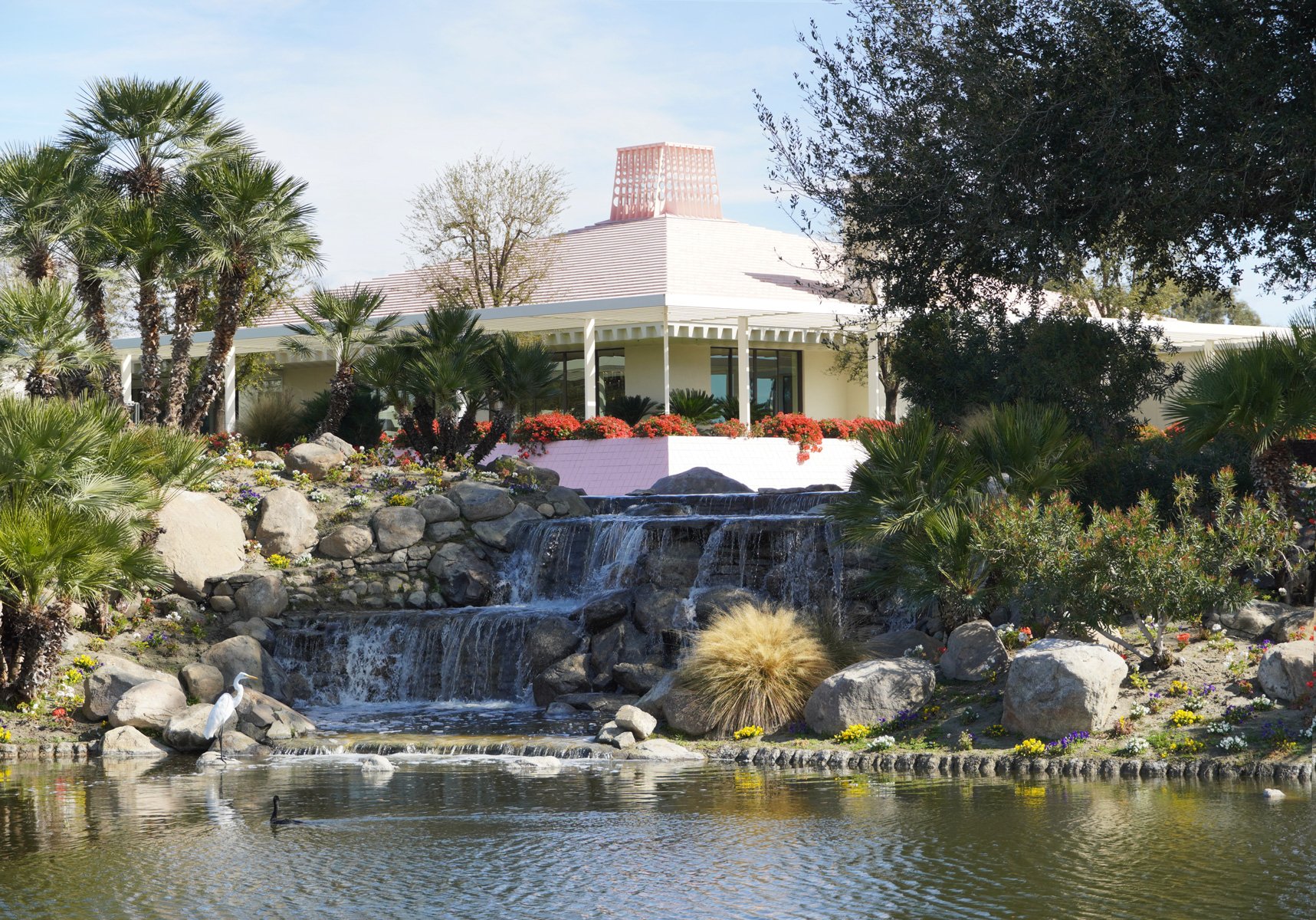













Principal and Architect of ROST Architects, Mitchell Rocheleau, discusses the significance of The Grand Louvre designed by Architect I.M. Pei, the history of the Louvre, design process, design theory and ideas behind the project.